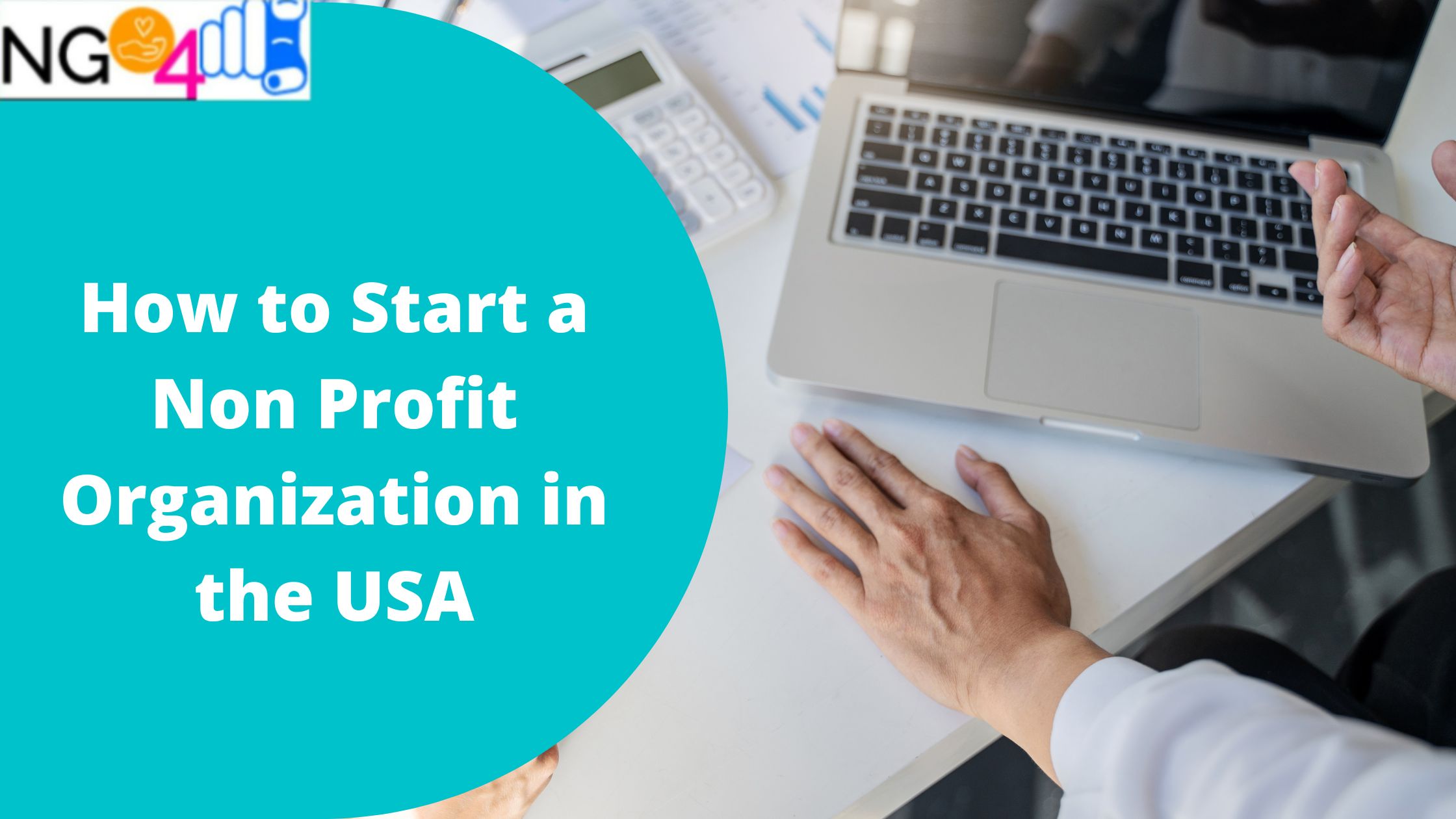If you’re passionate about making a difference, learning how to start a non profit organization is your first step toward impactful change. In the U.S., starting a nonprofit requires a blend of strategic planning, legal compliance, and community outreach.
What is a Non Profit Organization?
Before diving into the process, it’s essential to understand the definition of a nonprofit organization. A nonprofit is a legal entity organized for a collective, public, or social benefit, rather than to generate profit for owners or investors. Common types include charities, foundations, educational institutions, and religious groups.
Steps to Start a Non Profit Organization
Here’s a streamlined process to help you launch your nonprofit organization (NPO) effectively:
- Define Your Mission
- Clearly articulate your organization’s purpose and who it will serve.
- Conduct Market Research
- Identify the need, potential partners, and other nonprofits in your space.
- Choose a Name
- Pick a unique and legally available name in your state.
- Incorporate Your Nonprofit
- File Articles of Incorporation with your state’s Secretary of State office.
- Apply for an EIN
- Obtain a federal Employer Identification Number from the IRS.
- File for 501(c)(3) Tax-Exempt Status
- Complete IRS Form 1023 or 1023-EZ to gain tax-exempt status.
- Draft Bylaws
- Establish governance rules, board structure, and operating procedures.
- Appoint a Board of Directors
- Most states require at least three board members.
- Register for State-Level Compliance
- This includes charitable solicitation registration, sales tax exemption, and local business licenses.
- Launch Your Programs & Fundraising
- Develop activities that align with your mission and begin fundraising efforts.
How do Non Profit Organizations Make Money?
Although nonprofits do not operate for profit, they still need revenue to function. Common funding sources include:
- Donations (individuals, corporate sponsors)
- Grants (government and private)
- Membership dues
- Program service revenue (like tuition or ticket sales)
- Fundraising events and campaigns
- Merchandise sales
Conclusion
Starting a nonprofit organization in the U.S. is a rewarding yet complex process. From establishing your mission to securing tax-exempt status, following the correct steps ensures legal compliance and operational success. With passion, planning, and persistence, your nonprofit can become a powerful force for good.
Frequently Asked Questions
What is the difference between a nonprofit and a for-profit organization?
A nonprofit uses surplus revenues to achieve its mission, while a for-profit distributes profits to owners or shareholders.
How long does it take to start a nonprofit in the USA?
On average, it takes 3–12 months to complete all legal and IRS processes.
Can I pay myself a salary from a nonprofit?
Yes, but compensation must be reasonable and based on market standards.
Do I need a lawyer to start a nonprofit?
It’s not legally required, but professional legal advice can help avoid costly mistakes.
Can nonprofits make a profit?
Yes, but profits must be reinvested in the organization’s mission, not distributed to individuals.
Do I need a board of directors for an NPO?
Yes, Most states require a minimum number of directors (usually 3).
How much does it cost to start a nonprofit?
Startup costs can range from $500 to $2,500, including filing fees and legal assistance.



